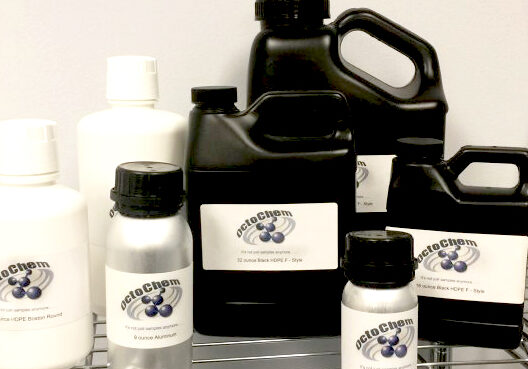Finding the perfect liquid packaging containers for chemicals is a lengthy process. Settling for the first container found or simply any container is not ideal. If products are stored in just about any random container, the likelihood of damage occurring is high. If this occurs, then repackaging products becomes necessary when they are taken out of storage. When it comes to the size and material used for packaging liquids, these play an immense part in the safety of chemical storage. Chemical repackaging is an essential process that needs a variety of elements to be taken into consideration, such as heat, UV rays, cold, and more.
Liquid Repackaging Considerations
When attempting to search for the best packaging for chemicals, it is essential to understand the properties of the chemicals. While the packaging for one solution might be a given, it may differ completely from another. Properties to take into consideration are viscosity, which is the fluidity of the chemical liquid, temperature, and particulates.
Temperature
When it comes to chemical repackaging services, experts understand the need for liquid chemicals to be properly filled and stored at the correct temperature. If heat is high or the temperature is too cold, the chemicals can be altered for the end-user.
Viscosity
Another massive role in chemical repackaging is viscosity. The viscosity of chemical influences the rate at which it dispenses for packaging. The packaging used during the machinery process for a chemical must be specifically chosen.
Particulates
Once a liquid is produced, it is essential to note the overall impact of the packaging process. The ending product of a liquid has particulates, and depending on the size can determine the machinery type needed for the containers to be filled. The filler dispenses liquid along with the particulates. If not, then errors can occur.
Container Size
While the three main portions of chemical packaging are temperature, viscosity, and particulates, it is essential to then go forward to container size. The proper container size will be determined depending on the liquid but will vary. Container sizes differ depending on what is needed. By ounces to gallons, the size needed can be successfully determined by experts. Common liquid container sizes include pints, quarts, gallons, and more.
Liquid Packaging Container Material Options
As mentioned, there are different materials that can be used to bottle liquid chemicals. While some materials can support different materials, others can only support a few. When it comes to bulk liquid packaging solutions, the best solution is intermediate bulk containers. Plastic is another common usage because it is effective and sturdy. Glass is another solution for small amounts of liquid. Carbon and lined drums are also efficient solutions. When in search of chemical repackaging services, experts at OctoChem can assist.

